While the robot presents a glimpse into the future of robotic caregiving, it will only be ready by 2030.
Developed by researchers from Waseda University, the AI-driven robot addresses Japan’s caregiver shortage in the wake of an ageing population.
While the robot presents a glimpse into the future of robotic caregiving, it will only be ready by 2030.
Developed by researchers from Waseda University, the AI-driven robot addresses Japan’s caregiver shortage in the wake of an ageing population.
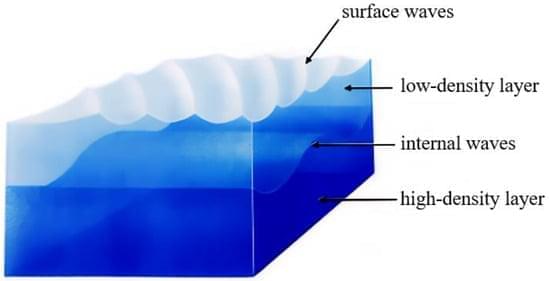
Synthetic aperture radar (SAR) is an important tool for observing the oceanic internal wave phenomenon. However, owing to the unstable imaging quality of SAR on oceanic internal waves, the texture details of internal wave images are usually unclear, which is not conducive to the subsequent applications of the images. To cope with this problem, a texture enhancement method for oceanic internal wave SAR images is proposed in this paper, which is based on non-local mean (NLM) filtering and texture layer enhancement (TLE). Since the strong speckle noise commonly present in internal wave images is simultaneously enhanced during texture enhancement, resulting in degraded image quality, NLM filtering is first performed to suppress speckle noise.
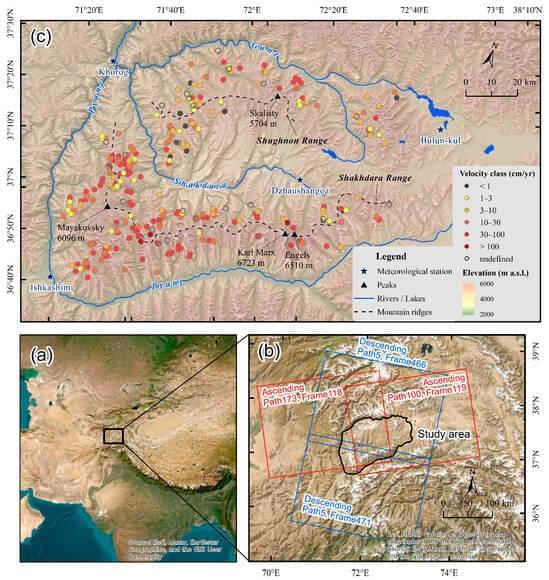
Although rock glaciers (RGs) are prevalent in the southwestern Pamirs, systematic studies on them are scarce. This article introduces the first inventory of RGs in the southwestern Pamirs, situated at the western edge of the High Mountain Asia region. The inventory, established through a combination of Google Earth optical imagery and Interferometric Synthetic Aperture Radar (InSAR) techniques, encompasses details on the locations, geomorphological parameters, and kinematic attributes of RGs. A total of 275 RGs were cataloged in an area of 55.52 km2 from 3,620 to 5,210 m in altitude. Our inventory shows that most RGs in this region are talus-connected (213 landforms), with the highest frequency facing northeast (23%). The distribution of RGs thins from west to east and is more abundant in higher altitudes.
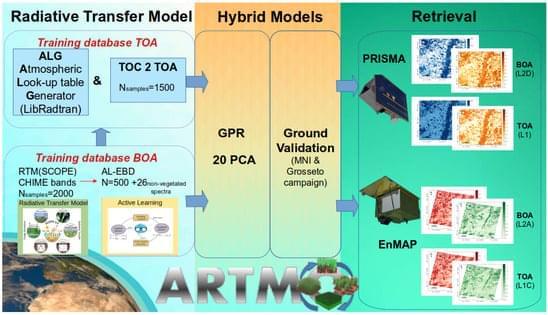
Satellite-based optical remote sensing from missions such as ESA’s Sentinel-2 (S2) have emerged as valuable tools for continuously monitoring the Earth’s surface, thus making them particularly useful for quantifying key cropland traits in the context of sustainable agriculture [1]. Upcoming operational imaging spectroscopy satellite missions will have an improved capability to routinely acquire spectral data over vast cultivated regions, thereby providing an entire suite of products for agricultural system management [2]. The Copernicus Hyperspectral Imaging Mission for the Environment (CHIME) [3] will complement the multispectral Copernicus S2 mission, thus providing enhanced services for sustainable agriculture [4, 5]. To use satellite spectral data for quantifying vegetation traits, it is crucial to mitigate the absorption and scattering effects caused by molecules and aerosols in the atmosphere from the measured satellite data. This data processing step, known as atmospheric correction, converts top-of-atmosphere (TOA) radiance data into bottom-of-atmosphere (BOA) reflectance, and it is one of the most challenging satellite data processing steps e.g., [6, 7, 8]. Atmospheric correction relies on the inversion of an atmospheric radiative transfer model (RTM) leading to the obtaining of surface reflectance, typically through the interpolation of large precomputed lookup tables (LUTs) [9, 10]. The LUT interpolation errors, the intrinsic uncertainties from the atmospheric RTMs, and the ill posedness of the inversion of atmospheric characteristics generate uncertainties in atmospheric correction [11]. Also, usually topographic, adjacency, and bidirectional surface reflectance corrections are applied sequentially in processing chains, which can potentially accumulate errors in the BOA reflectance data [6]. Thus, despite its importance, the inversion of surface reflectance data unavoidably introduces uncertainties that can affect downstream analyses and impact the accuracy and reliability of subsequent products and algorithms, such as vegetation trait retrieval [12]. To put it another way, owing to the critical role of atmospheric correction in remote sensing, the accuracy of vegetation trait retrievals is prone to uncertainty when atmospheric correction is not properly performed [13].
Although advanced atmospheric correction schemes became an integral part of the operational processing of satellite missions e.g., [9,14,15], standardised exhaustive atmospheric correction schemes in drone, airborne, or scientific satellite missions remain less prevalent e.g., [16,17]. The complexity of atmospheric correction further increases when moving from multispectral to hyperspectral data, where rigorous atmospheric correction needs to be applied to hundreds of narrow contiguous spectral bands e.g., [6,8,18]. For this reason, and to bypass these challenges, several studies have instead proposed to infer vegetation traits directly from radiance data at the top of the atmosphere [12,19,20,21,22,23,24,25,26].
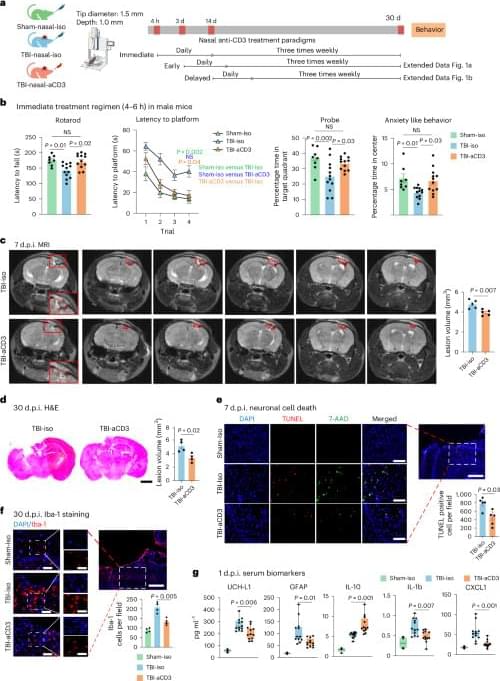
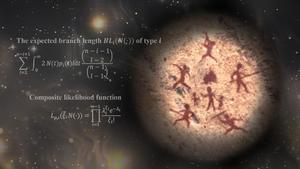
Humanity came close to extinction 800,000 years ago. Only 1,280 of our ancestors survived.
A recent study published in Science suggests that a catastrophic “ancestral bottleneck” reduced the global population to just 1,280 breeding individuals, wiping out 98.7% of the early human lineage.
This population crash, lasting about 117,000 years, likely resulted from extreme climate shifts, prolonged droughts, and dwindling food sources.
Using a groundbreaking genetic analysis method called FitCoal, researchers analyzed modern human genomes to trace this dramatic decline, potentially explaining a gap in the African and Eurasian fossil record.
Despite the near-extinction, this bottleneck may have played a crucial role in shaping modern humans. Scientists believe it contributed to a key evolutionary event—chromosome fusion—which may have set Homo sapiens apart from earlier hominin species, including Neanderthals and Denisovans. The study raises intriguing questions about how this small population survived, possibly through early fire use and adaptive intelligence. Understanding this ancient crisis helps scientists piece together the story of human evolution and the resilience that allowed our species to thrive against all odds.
Learn more.
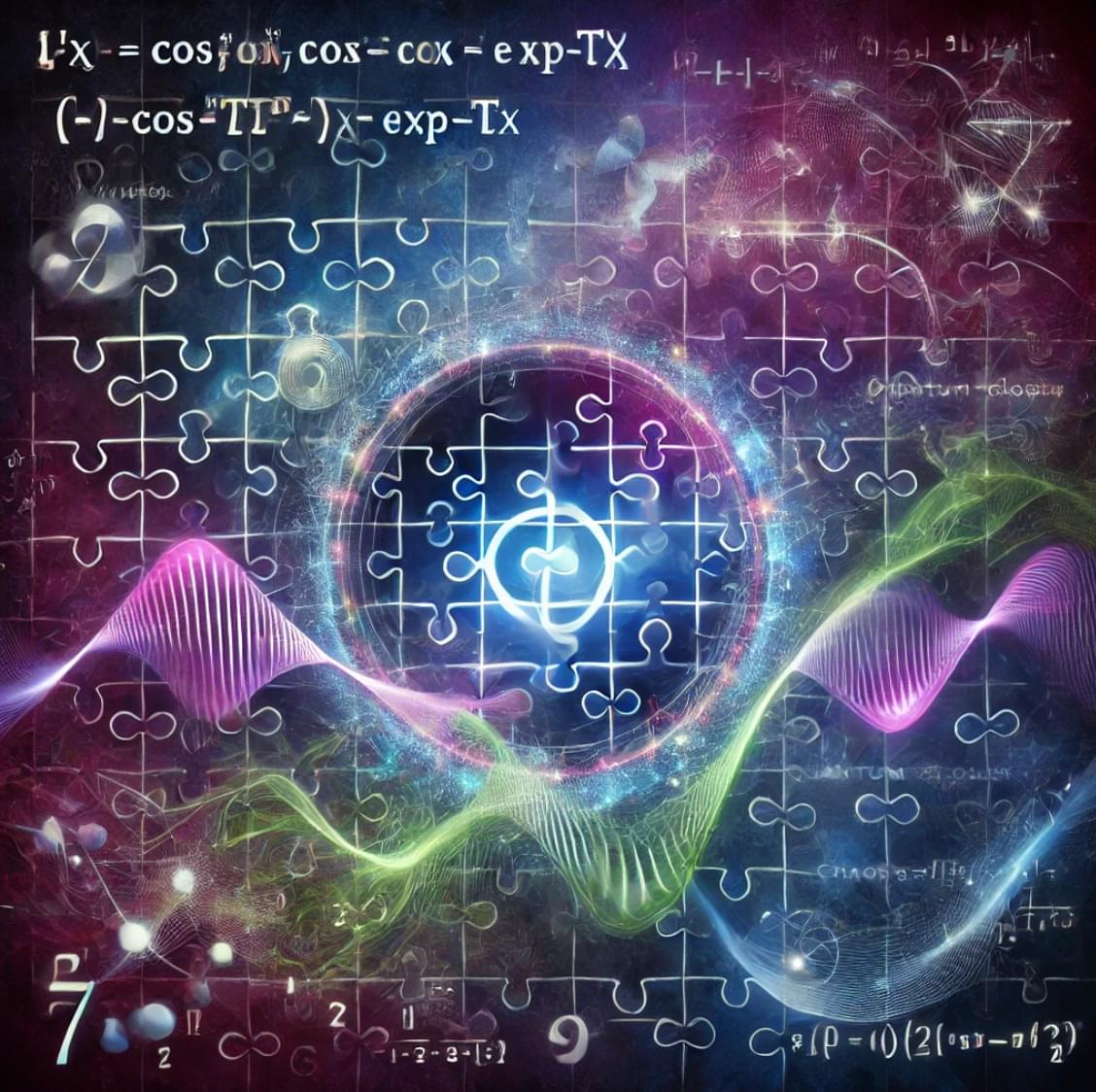


Join us on Patreon! https://www.patreon.com/MichaelLustgartenPhD
Discount Links/Affiliates:
NAD+ Quantification: https://www.jinfiniti.com/intracellular-nad-test/
Use Code: ConquerAging At Checkout.
Blood testing (where I get the majority of my labs): https://www.ultalabtests.com/partners/michaellustgarten.
At-Home Metabolomics: https://www.iollo.com?ref=michael-lustgarten.
Use Code: CONQUERAGING At Checkout.
Epigenetic, Telomere Testing: https://trudiagnostic.com/?irclickid=U-s3Ii2r7xyIU-LSYLyQdQ6…M0&irgwc=1
Use Code: CONQUERAGING
Oral Microbiome: https://www.bristlehealth.com/?ref=michaellustgarten.